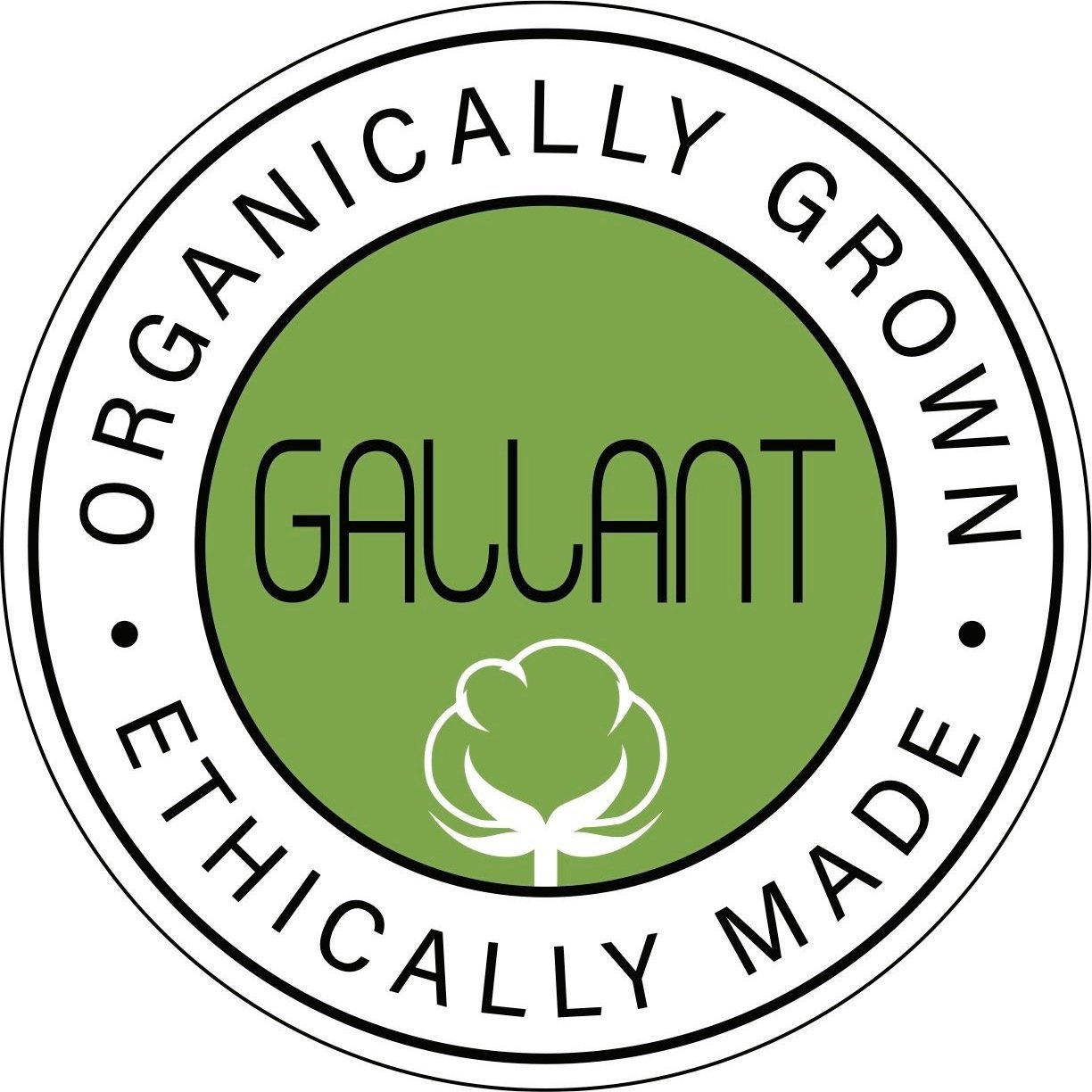Regeneratively Grown Crops Contain Higher Levels of Nutrients
With supermarket shelves stacked with synthetically grown items, access to healthy, organic food can be challenging. It is precisely why our agricultural system needs to change– a transformation that would promote healthier consumables that contribute to health and wellness. A nutritious diet can be a key to living a long and healthy life, and the solution is regenerative farming.
What is Regenerative Agriculture?
Regenerative agriculture is a method of conservation and rehabilitation for farming systems and food crops. Regenerative agriculture is dynamic and holistic, incorporating permaculture and organic farming practices such as conservation tillage, cover crops, crop rotation, composting, mobile animal shelters, and pasture cropping. These measures can not only increase crop output but also mitigate climate change by rebuilding organic matter and restoring soil biodiversity.
The world is in grave danger of losing arable topsoil, which would eventually tax heavily on human health. Soil scientists predict that the food supply would be qualitatively degraded within 50 years if things don’t change. Without protecting and regenerating our soil, it will be impossible to keep the world fed or prevent biodiversity loss.
Why Switch To Regenerative Farming?
Studies show potential nutritional benefits from regenerative farming. According to the University of Washington, regenerative farms produce healthier crops with higher levels of vitamin, minerals, and phytochemicals than farms using conventional practices.
“We couldn’t find studies that related directly to how the health of the soil affects what gets into crops, so we did the experiment that we wished was out there,” said David R. Montgomery, PhD, lead author and a professor of Earth and space sciences at the University of Washington.
A quick overview of the experiment
The experiment included the comparison of crops from farms that followed soil-friendly regenerative practices with the same crops grown from nearby conventional farms— to test the influence of soil health and soil health scores on the nutrient density of crops. The farms were chosen from the states of North Carolina, Pennsylvania, Ohio, Iowa, Tennessee, Kansas, North Dakota, and Montana. The research also included comparing wheat crops and crops grown for animal feed with results showing higher levels of phytochemicals in regeneratively farmed crops. Further, the research also revealed that regenerative livestock produced healthier meat than conventional livestock.
This experiment has given us a small peek into the massive transformation that regenerative farming can bring into our world. The world needs an urgent change that would make up for the loss of our Earth’s fertility and biodiversity. And studies have shown that regenerative farming is among the highest eco-friendly initiatives that protect, replenish, and sustain the planet.
Find more about regenerative agriculture here and Regenerative Organic Alliance here.
